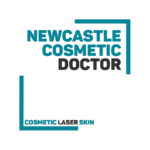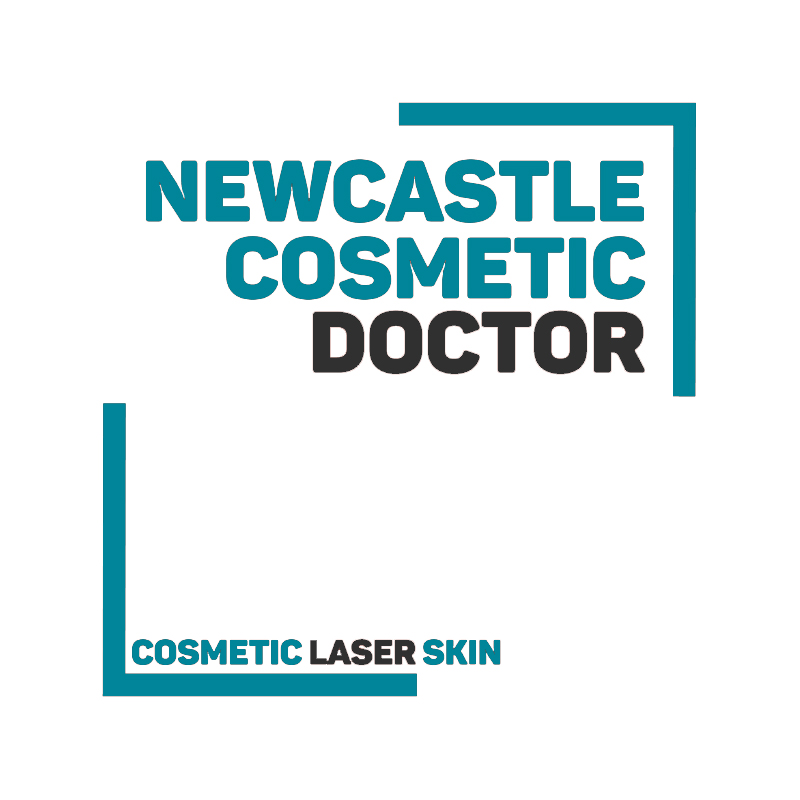Service: Fotona SP Dynamis (Er:YAG 2940 nm / Nd:YAG 1064 nm) & StarWalker MaQX (QS 1064/532 nm ± dye 585/650 nm).
Cause / Mechanism
Pigmentary changes arise when laser energy disrupts epidermal and dermal melanocytes. Excessive fluence, wavelength mismatch, or inadequate post-procedure photoprotection can trigger post-inflammatory hyperpigmentation (PIH). Hypopigmentation occurs when melanocytes are destroyed, more common with Q-switched and ablative lasers. Scarring develops when deep dermal injury occurs. 1 2
Risk Factors
- Patient: Fitzpatrick IV–VI (higher melanin activity), recent tanning, history of melasma or PIH.
- Device: short-pulse, high-fluence treatments; repeated passes.
- Operator: insufficient test spots, lack of parameter titration.
- Environment: unprotected UV exposure post-treatment. 2 3
Signs & Symptoms
- PIH: patchy brown macules/papules within 1–3 weeks post-procedure.
- Hypopigmentation: discrete or confluent white patches, may persist months.
- Scarring: textural change, atrophy, hypertrophic/keloid formation. 4 5
Prevention
- Careful parameter adjustment according to skin type (lower fluence in darker types).
- Strict pre- and post-treatment photoprotection (broad-spectrum SPF 50+). 6
- Educate patients on sun avoidance, especially 2–4 weeks post-procedure.
- Consider prophylactic hydroquinone or retinoids in high-risk PIH patients (per dermatology guidance). 7
Management Protocol
Post-Inflammatory Hyperpigmentation (PIH):
- Immediate: strict photoprotection and SPF.
- Mild: topical hydroquinone 2–4%, azelaic acid, or retinoids as tolerated. 7
- Moderate-severe: dermatology referral for chemical peels or further topical therapies.
Hypopigmentation:
- Observation (some cases repigment spontaneously within 6–12 months).
- Camouflage cosmetics for cosmetic support.
- Dermatology referral if persistent (may consider excimer laser, topical calcineurin inhibitors). 4
Scarring:
- Early identification and referral.
- Silicone gel/sheeting for hypertrophic scars.
- Intralesional corticosteroid for resistant hypertrophic/keloid scars.
- Fractional laser resurfacing may assist long-term but not acutely. 5
Follow-up & Documentation
- Document onset, severity, and treatment steps.
- Provide written aftercare instructions highlighting photoprotection.
- Schedule regular reviews until resolution or referral.
- Record incident in Laser Log; use outcomes in quality review meetings. 1 2
Sources
- AS/NZS 4173:2018 Safe use of lasers and intense light sources in health care., viewed 7 October 2025, https://www.standards.org.au ↩︎
- ARPANSA. Advice for providers: Lasers, IPL and LED for cosmetic purposes., viewed 7 October 2025, https://www.arpansa.gov.au ↩︎
- Australasian College of Dermatologists. Pigmentation disorders and PIH., viewed 7 October 2025, https://www.dermcoll.edu.au ↩︎
- DermNet NZ. Postinflammatory hyperpigmentation and hypopigmentation., viewed 7 October 2025, https://dermnetnz.org/topics/postinflammatory-hyperpigmentation ↩︎
- UNSW Safety. Risks of laser-induced scarring., viewed 7 October 2025, https://safety.unsw.edu.au ↩︎
- Cancer Council Australia. Sun protection recommendations., viewed 7 October 2025, https://www.cancer.org.au ↩︎
- Australasian College of Dermatologists. Hydroquinone and retinoid use in pigmentation., viewed 7 October 2025, https://www.dermcoll.edu.au ↩︎


